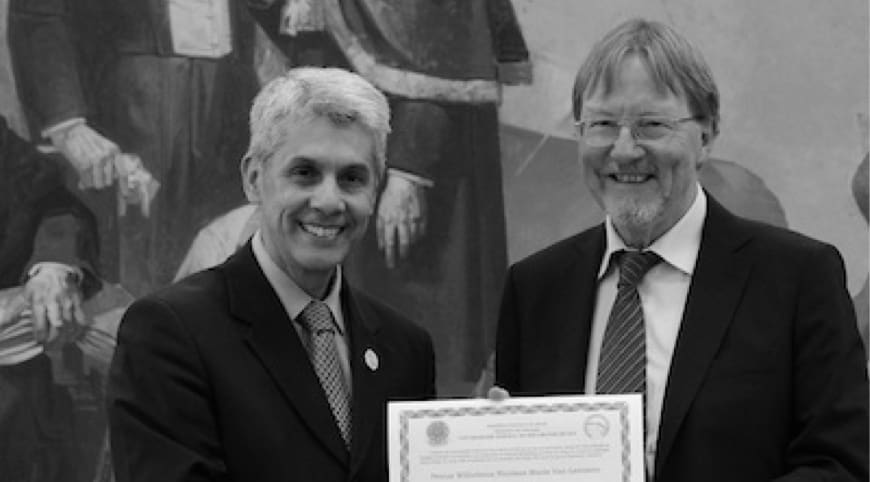Tunable Asymmetric Catalysis through Ligand Stacking in Chiral Rigid Rods
Chiral benzene-1,3,5-tricarboxamide (BTA) ligands, comprising one diphenylphosphino group and one or two remote chiral 1-methylheptyl side chains, were evaluated in the rhodium-catalyzed asymmetric hydrogenation of dimethyl itaconate. Despite the fact that the rhodium atom and the chiral center(s) are separated by more than 12 covalent bonds, up to 82% ee was observed. A series of control and spectroscopic experiments confirmed that the selectivity arises from the formation of chiral helical polymers by self-association of the BTA monomers through noncovalent interactions. The addition of a phosphine-free chiral BTA, acting as a comonomer for the chiral BTA ligands, increases the level of enantioselectivity (up to 88% ee). It illustrates how the selectivity of the reaction can be increased in a simple fashion by mixing two different BTA monomers. The concept was further probed by performing the same experiment with an achiral BTA ligand, i.e. a phosphine-functionalized BTA that contains two remote octyl side chains. It afforded an encouraging 31% ee, thus demonstrating the catalytically relevant transfer of chirality between the self-assembled units. It constitutes a unique example of the sergeants-and-soldiers principle applied to catalysis.

M. Raynal, F. Portier, P. W. N. M. van Leeuwen, L. Bouteiller
J. Am. Chem. Soc. 2013, 135, 17687-17690
DOI:
Go to the journal
Associated ICIQ research group/s:
-
RESEARCH GROUP/S
Emeritus Prof. Piet van Leeuwen

Let's create a brighter future
Join our team to work with renowned researchers, tackle groundbreaking
projects and contribute to meaningful scientific advancements



















